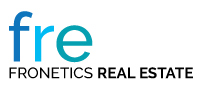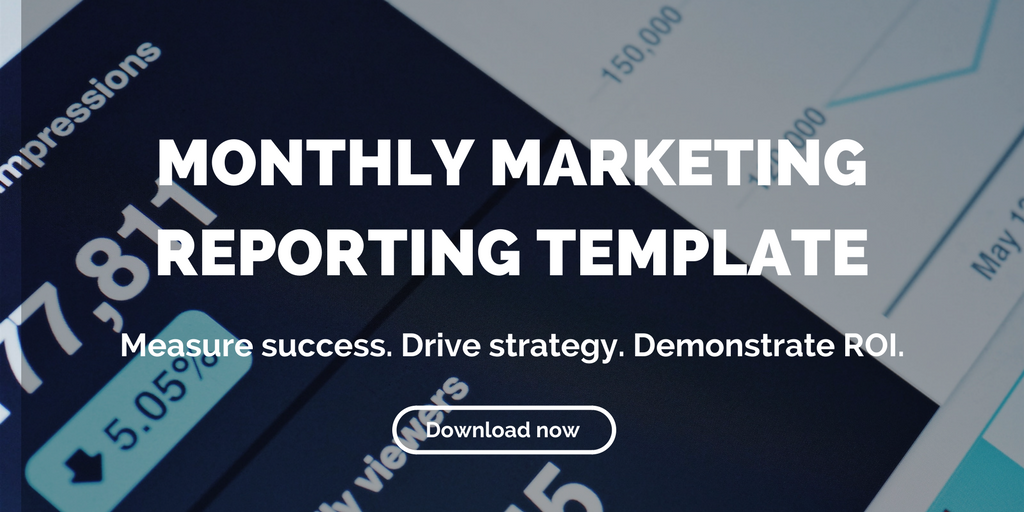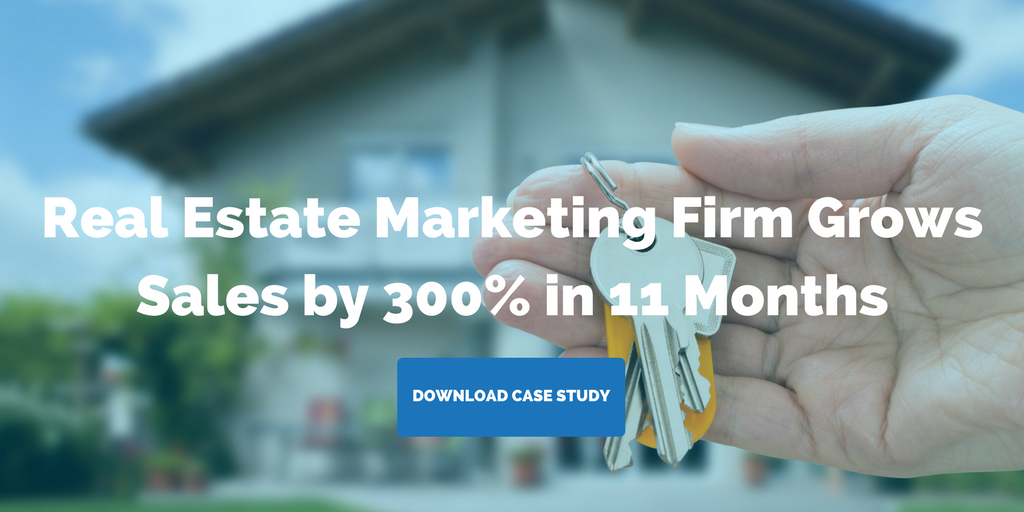Posts Tagged "Instagram"

Should I Be Using Facebook Carousel Ads?
Facebook carousel ads helped one real estate company achieve a 63% increase in click-through rate and a 24% decrease in cost-per-acquisition.
Facebook carousel ads offer a highly visual and engaging way to promote your properties. Not only that, Kinetic Social recently found that carousel ads are up to 10 times more effective than static sponsored Facebook posts at driving traffic to advertisers’ websites. And if that’s not enough, they boast a 72% higher click-through rate than single-image mobile app ads.
The data makes it clear: Facebook carousel ads are absolutely something you should be using to promote your properties! Here’s a quick refresher on what they are, and some of our favorite tips for making the most of this promotional tool.
What’s a Facebook carousel ad?
This ad format integrates across Facebook and Instagram. It shows 3-5 images, headlines, links, and/or calls-to-action in a single ad unit, which users can click through. The “carousel” refers to the way images scroll horizontally across the screen, creating an engaging way for users to interact with your images. Each image has its own description and link, helping to drive traffic more effectively.
As you might expect, having the ability to showcase multiple images in an ad helps in lowering cost-per-conversion or -click, optimizing your creative output, and driving results across campaign objectives.
If it’s not already obvious, this format is a no-brainer for advertising real estate. Check out this spotlight from Facebook on Lamudi, an online real estate marketplace that used Facebook carousel ads to the tune of a 63% increase in click-through rate and a 24% decrease in cost-per-acquisition.
Using Facebook carousel ads
Creating a carousel ad is a simple process. It allows you to be creative and tell a story with the images you choose. Here are three easy steps for getting started:
1) Decide on your objective.
Having a defined goal is key when it comes to any content marketing, and carousel ad creation is no different. Facebook helps you target an objective, giving you the choice to select either “send people to your website” or “increase conversions.” Depending on your selection, an algorithm optimizes who sees your ad and when.
2) Create your ad.
Start by selecting “multiple images in one ad.” Next, get creative! Be sure to connect your ad to your Facebook page, and write a message that will stay on the screen over the images as users scroll through. Select 3-5 images, with a recommended size of 600 x 600 pixels each. You can write a separate headline and short description for each image.
3) Make the most of your images.
Facebook gives you the option to select “automatically show the best performing images and links first” — do it! This means that, as your campaign progresses, the image that’s getting the most clicks will appear first. However, if the story you’re trying to tell depends on the images appearing in a certain order (a before/after at a property, for example), uncheck this option.
The bottom line is that Facebook carousel ads are an extremely effective way to drive traffic to your properties.
Related posts:
- Facebook Lead Ads: Why Your Property Should Use Them
- 4 Tools for Determining the Best Time to Post on Social Media for Your Property
- Paid Digital Advertising: A Beginner’s Guide for Real Estate Marketers
Posts Tagged "Instagram"

How to Use Social Media Hashtags in Real Estate Marketing
Strategic use of social media hashtags can help increase your property’s visibility and grow organic reach on Twitter, Facebook, and Instagram.
You’re likely to be vaguely aware of hashtags, at least in your personal social media life. But perhaps you’re not intimately familiar with how they can play into your real estate marketing strategy. Whether you #lol at it or not, using social media hashtags wisely can actually be a major boon to your social media marketing efforts.
What is a social media hashtag?
Before we dive into too much detail, let’s take a moment to establish what exactly a hashtag is.
While you may remember it as a pound sign (or “sharp” sign, or number sign), this symbol’s meaning has radically changed in the past 15 years. In fact, its new definition has even been added to the Oxford English Dictionary.
A hashtag, according to the OED’s American counterpart, the Merriam-Webster Dictionary, is “a word or phrase preceded by the symbol # that classifies or categorizes the accompanying text (such as a tweet).”
Essentially, the hashtag has two concurrent functions: It places content within a specific area of interest or keyword, and it facilitates a search for it.
How to use hashtags in social media marketing
You may already see how using hashtags can help your social media content’s visibility.
Hashtags automatically function as links. For example, if a user interested in San Diego real estate clicks on #sdhomesforsale, all public posts labeled with that hashtag will show up. This is true of Twitter, Instagram, and Facebook.
Using hashtags in your social media content allows you to:
- Categorize your content
- Draw attention quickly and easily
- Drive conversions
- Harness the power of topics on social media
- Increase visibility
- Grow organic reach
Hashtag dos and don’ts
As you start experimenting with adding hashtags to your social media posts, here are a few dos and don’ts to think about:
Do:
- Use relevant terms
- Research trending topics as you chose your content
- Create your own hashtags to match your brand
- Make sure the audience setting on your posts is “public”
Don’t:
- Use too many hashtags per post. Too many hashtags make your post look unpleasant and difficult for your followers to read.
- Repeat your hashtag multiple times in the same post
- Use hashtags that are too long or confusing to for readers (Tip: if you have a long hashtag, try capitalizing the first letter of each word)
- Put spaces in between words within a single hashtag
To help get you started, here are a few hashtags that real estate marketers might want to use. These are just a jumping off point! Getting creative can be fun.
- #photooftheday
- #realestate
- #properties
- #househunting
- #homesearch
- #justlisted
- #broker
- #realtor
- #igers (short for Instagrammers)
- #throwbackthursday and/or #TBT
- #transformationtuesday
- #behindthescenes
- #photoshoot
- #videogram
- #videooftheday
- #interiordesigns
Which social media hashtags are you using in your real estate marketing?
Related posts:
- Social Media Can Be a Strategic Weapon in Real Estate Marketing
- 4 Real Estate Marketing Trends 2018
- Why You Should Always Respond to User Reviews
Posts Tagged "Instagram"

4 Real Estate Marketing Trends 2018
These 4 takeaways from Placester’s 2018 Real Estate Marketing Survey give us an idea of real estate marketing trends to keep an eye on.
Digital marketing platform Placester recently published the results of its 2018 Real Estate Marketing Survey. The survey, which collected data from hundreds of real estate professionals nationwide, contains valuable information for benchmarking your marketing efforts in “an industry ready to invest more time, money, and energy toward online marketing and generating more leads.”
We’ve pulled out the top 4 takeaways from the survey here. Interestingly, these real estate marketing trends align with those we are seeing with our clients as well.
In general, real estate marketers are focused on leads: acquiring valid potential buyers and then turning them into sales. It makes sense, then, that many are turning to content marketing as a strategy, as it can be a highly effective lead-generation engine. Read on for more.
4 real estate marketing trends to watch
1) A focus on lead generation, nurturing, and conversion.
You can learn a lot from looking at the aggregate goals for the industry.
When asked about their top objective for 2018, 40.3% of survey respondents name generating more new leads than in 2017. Additionally, 23% look to improve on last year’s client conversion rate, 21.8% cited focus on the quality of leads earned, and 14.9% are aiming to learn how to better nurture and qualify prospects.
The bottom line: real estate professionals are focusing on generating, nurturing, and converting leads.
2) Challenges
As with looking at objectives, having an understanding of industry-wide challenges also offers valuable insight.
46.4% of survey respondents said that generating enough high-quality leads is the biggest marketing challenge they face in 2018. Rounding out the list, 24.9% are concerned about finding the right marketing tools to use; 23.4% cite converting leads into new business; and 5.3% are worried about analyzing their marketing performance.
Just as lead generation is a top priority for the majority of respondents, it’s also the top concern for real estate professionals.
3) Video
One of the most popular marketing tactics for greater exposure in 2018 is video.
When asked what part video will play in overall marketing strategy, 49.5% of respondents indicated that it would be a focal point. 43.7% said they would use it some of the time, while only 6.8% indicated that video didn’t interest them at all.
The real estate industry is embracing the power of video marketing. And the good news is, you don’t need expensive camera, lighting, or a production studio — your smartphone can be just as effective for creating video content for your social media outlets.
4) Social media
Which brings us to social media.
When asked which social media network they will use most, a whopping 84.6% of respondents pointed to Facebook, with 11.9% saying Instagram, 1.6% saying Twitter, and 1% respectively for Pinterest and Snapchat.
Facebook is ideal for real estate marketing in many ways. Its large user base makes it a go-to network, as well as its robust mobile presence, with location-specific advertising and sophisticated algorithms to help you reach your target audience.
What real estate marketing trends are you keeping an eye on this year?
Related posts:
- 5 Marketing Automation Ideas for Real Estate
- Social Media Trends for 2018 Real Estate Marketers Need to Know
- Social Media Can Be a Strategic Weapon in Real Estate Marketing
Posts Tagged "Instagram"

This is How Often Real Estate Companies Should Post on Social Media
Remember these best practices when deciding how often your company or property is going to post on each of these social media platforms.
Creating engaging, relevant content in a strategic and consistent manner raises brand awareness for your property and drives sales. But as BuzzFeed’s Jonathan Perelman said, “Content is king, but distribution is queen and she wears the pants.”
It’s not enough to just create interesting and pertinent content; you have to put it out there to reach your target buyer or tenant. Moreover, the content needs to be delivered consistently over time, at the right time, and in the right place.
With social media networks changing daily, it’s hard to keep up with where to distribute content, much less how often. Countless studies have attempted to solve the social-media-frequency equation. And while audiences vary across price points and regions, best practices give us some general guidelines.
Here’s our assessment of social media posting frequency.
How often to post on social media
Twitter: 40 per day*
*Big caveat here: 40 tweets per day is what we’ve found works for us and most of our clients. Let me explain.
Socialbakers suggests that posting to Twitter three times per day is the ideal frequency for brands. Buffer posts to Twitter 14 times per day. Fronetics, our supply chain brand, happens to tweet 40 times per day. So recently, after seeing the Socialbakers and Buffer stats, we conducted a month-long experiment to see how dropping our posting frequency closer to their benchmarks would affect our engagement.
As we’ve written about before, it wasn’t pretty. We confirmed that our engagement, web traffic, lead generation, and other key performance indicators are at optimal levels when we tweet 40 times per day.
Your company, or your marketing partner, should conduct due diligence and determine what the right frequency is for your business. For Fronetics Real Estate, we’re currently tweeting 6-10 times a day, working up to more as we are able. The strategic growth of your social media program is also an important element to consider when determining a posting frequency that’s best for your company or property.
Facebook: 1 per day
Most companies find that posting 1 time per day is their sweet spot for most social media networks. Facebook is no exception: The network’s algorithm values quality over quantity, so the more engaged your followers are with your content, the more likely they are to see your posts. This also means that posting content that does not facilitate engagement can actually decrease the likelihood that followers will see your posts.
One sure way to encourage disengagement is by overwhelming your audience. We all have that friend or company we follow that posts too much — don’t be like that person.
Remember that the lifespan of a Facebook post (about 5 hours) is significantly longer than that of a tweet. So you don’t need to provide a constant stream of content to get your audience’s attention. Your focus should be distributing the most relevant, interesting content you can, at a time when most of your audience will be on Facebook.
Instagram: 1-2 per day
There’s an unwritten rule among Instagramers that a user shouldn’t post more than once per day. We generally agree for the same reason we don’t think brands should post more than once a day to Facebook: Don’t overwhelm your audience because the lifespan of your posts is pretty long. In fact, a Union Metrics study found that many Instagram posts continue to receive engagement for days — even weeks — after posting.
Most brands end up posting 11-20 posts per month. If you focus on compelling images with strategic messages, that’s probably a good benchmark to stick with. It’s important to note, however, that another Union Metrics study suggests posting consistency is more important than frequency. Again, taking the time to test the Instagram posting frequency that works best for your business is a worthwhile endeavor.
LinkedIn: 1 per workday or less
A more formal and technical social media network, LinkedIn is a platform for business-related content. But users also seek information about potential investments and market information — and that is where your opportunity lies.
Consider posting on LinkedIn only during the workweek, or even less. To provide the most value for your LinkedIn followers, content should be less promotional and more heavily focused on market trends and insights. Followers will come to consider your company or property as a go-to resource about the real estate market, local amenities and attractions, and investment opportunities.
At the end of the day, optimal posting frequency for your company or property rests heavily on the audience you want to reach. Experimenting with different social media networks and posting frequencies will give you greater insight into your ideal distribution approach. With these best practices as a guide, let your own analysis be your guide. Maintaining a dynamic and fluid posting strategy will ensure that your social efforts drive followers to action, rather than drive them away.
Related posts:



